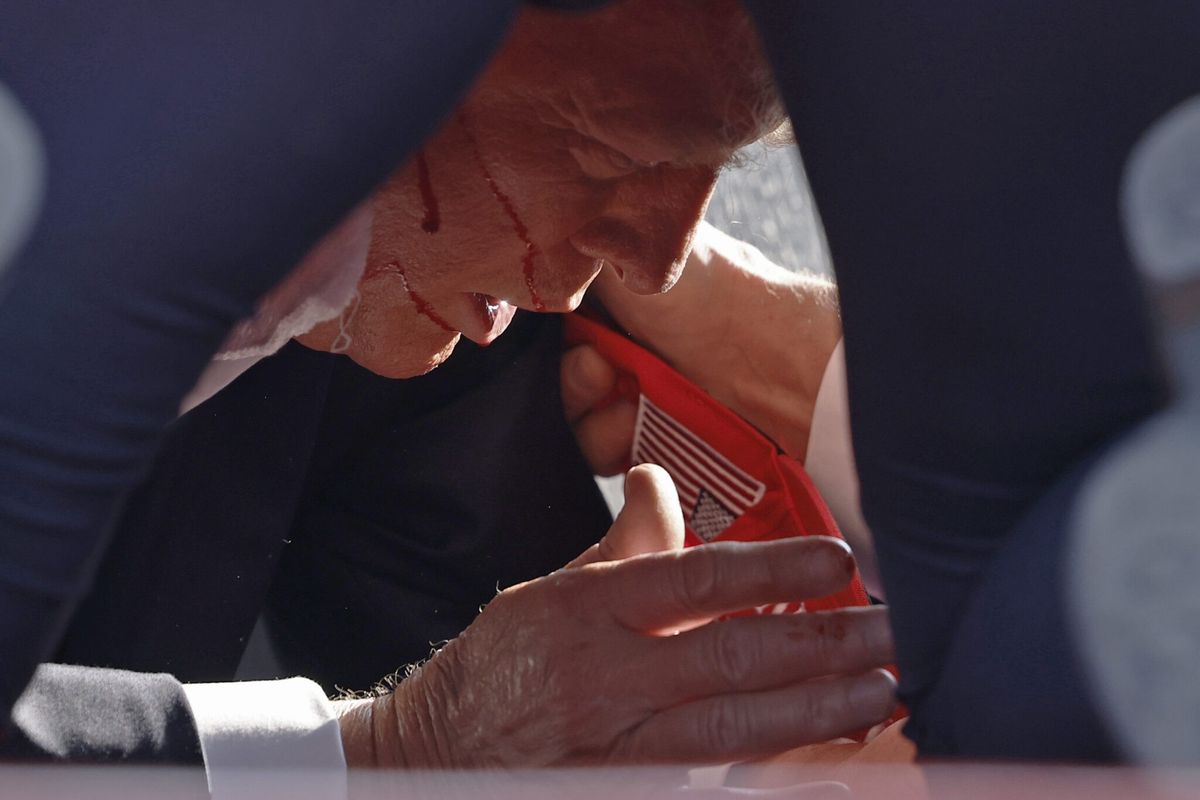The Cipher Brief: First Paris, then San Bernardino, now Brussels. How widespread are ISIS networks in Europe and North America and can we expect these kinds of attacks on a regular basis? What is the threat to the U.S.?
Matt Olsen: The threat in Europe from ISIS is greater than the threat in the United States and that is for a couple reasons.
One, the number of foreign fighters in Europe greatly exceeds the number of individuals in the United States who have gone to Syria and returned here. The number of trained fighters in Europe is likely in excess of one thousand. And that’s a number that may threaten to overwhelm the capabilities of the security services of Western European nations.
Two, in the United States, we have a much more integrated Muslim American population compared to places like Belgium, where there are relatively isolated pockets of immigrant communities that are less well assimilated into the broader society and culture.
Looking ahead, I think we should be concerned that the kinds of attacks we’ve seen in Europe—from the Charlie Hebdo attack to Paris and now Brussels—are quite likely to occur again at some point in the next several months. So it’s critical that law enforcement and intelligence services remain vigilant in developing intelligence in order to prevent another attack, such as the one this morning in Brussels.
TCB: What are the challenges to detecting these terrorist networks?
MO: The greatest challenge is obtaining intelligence on the networks and cells that exist in cities like Brussels. It does not appear that European intelligence services have great insight into the number of jihadists within their countries or the activities of these extremists. Some neighborhoods are largely closed off to intelligence collection, and so the biggest challenge is improving our intelligence collection about the capabilities and intentions of the jihadist cells that exist in cities like Brussels.
TCB: Europe has been criticized for not sharing counterterrorism-related intelligence. In light of these events, will this spur greater cooperation on counterterrorism within Europe—and with the U.S.?
MO: I think there is enormous pressure on Europe to improve intelligence sharing, both within Europe and between Europe and the United States. Certainly a lot of progress has been made over the past several years in sharing intelligence, particularly on the question of fighters moving to and from Syria, but it seems that more can be done and Brussels is a demonstration of the urgency of addressing this challenge.
TCB: What factors would signal to investigators that this is a coordinated ISIS attack?
MO: First of all, we already know that ISIS has claimed responsibility for the attack in Brussels. And it will be important to authenticate that claim. Now, it is going to be important to look closely at the crime scene, conduct a forensics examination on the explosives that were used, and take a hard look at the tactics. But my initial impressions are that—at minimum—this was a coordinated attack and the targets were carefully selected to inflict maximum damage on vulnerable targets.
TCB: What more can be done to protect airports as once again an airport has been targeted?
MO: It’s one thing to protect the airlines, and obviously a great deal of effort is made to protect passengers who are on an airplane. It is much more difficult to protect the terminal areas that are essentially open to the public. So that is the challenge: the airport terminal is similar to a train depot or a subway station. The reality is that protecting types of transit hubs is very difficult. Again, the key is intelligence, so that we can identify and disrupt attacks before they reach the execution stage.













